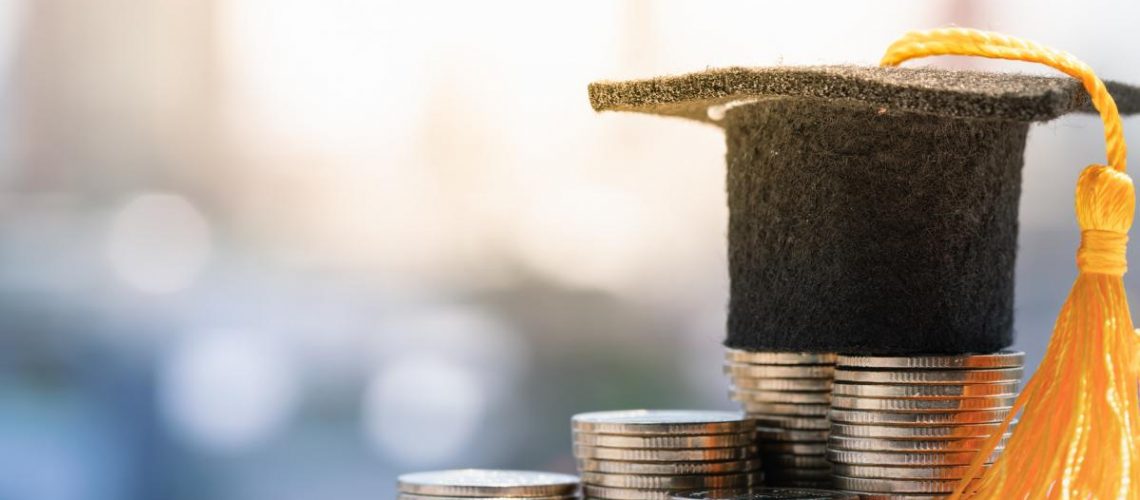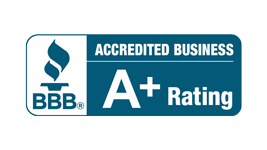Student Loans in Bankruptcy
A new ruling by a U.S. appeals court has affirmed the cancellation of a borrower’s $200,000 in private student loans.
Student loans have been nearly impossible to discharge in bankruptcy. But a recent court case may signal the beginning of a change for student loan borrowers. A recent Court of Appeals just affirmed the discharge of $200,000 in student loan debt, according to a recent story by Adam Minsky, Esq. As reported in Forbes on September 2, 2020, at 03:27 P.M.
As a general rule, student loans are almost impossible to discharge in bankruptcy. These loans have special protections built into bankruptcy law that excepts them from being wiped out. So, student loans in bankruptcy generally are still owed after bankruptcy is over.
The court case of McDaniel v. Navient may be the start of a change in this area. This court of appeals case affirmed a lower court’s ruling that discharged $200,000 of private student loans. While courts have discharged student loans under the “undue hardship” standard before, this court took a different approach.
Discharge of Student Loans in Bankruptcy
Bankruptcy law provides special protection for student loans. These protections extend to both federal and private student loans.
Generally, these loans survive bankruptcy and are not discharged. The borrowers still owe these debts even though most or all of their other debts are wiped out.
Normally, to get a discharge of student loans, the borrower must establish that requiring them to pay these loans would represent an “undue hardship” on them.
This legal standard that is not defined by the bankruptcy code. Courts have interpreted the term, and the standard varies from jurisdiction to jurisdiction.
Adversary Proceeding to Discharge Student Loans
What’s more, the borrower has to file what is called an “adversary proceeding” to ask the court in their bankruptcy case to make a finding that the student loan is discharged. These adversary proceedings are generally hard-fought by the student loan creditors.
They can be long, drawn-out affairs, costing more money than most borrowers can afford.
Traditionally, the court uses the Brunner test to determine if a student loan will be discharged in bankruptcy.
The Brunner test requires a borrower to prove:
- You cannot repay the loan while maintaining a minimal standard of living for yourself and your family.
- The hardship condition will continue for all— or most of the anticipated student loan repayment period.
- You have made legitimate efforts to repay the loan for at least five years.
- That you have tried other options like extended payment plans, including income-based repayment plans, or other available options, without success—most of the attempts to discharge student loans in bankruptcy fail.
Sidestepping Undue Hardship
The Mcdaniel case sidestepped the undue hardship standard by finding that the loan did not even qualify as a protected student loan in the first place. The court found that this private student loan was not an obligation to repay funds received as an educational benefit within the bankruptcy code’s protection. This was because they were not made solely for the cost of attendance at the borrower’s school.
This case may signal a change in the way courts view student loans, or it may just be an isolated situation.
First, it was a private student loan, so the case might not apply to federal student loans. Further, the court here found that the loan was not used solely for the cost of attendance. So, only loans that exceed the cost of attendance might be affected. This is only one federal circuit, the 10th, affecting only Colorado, New Mexico, Oklahoma, Utah, and Wyoming. It is not binding on other circuits.
Still, the case may represent one more step towards a more expansive, more inclusive interpretation of student loans discharged in bankruptcy.
Accessed: Friday, September 4th, 2020




